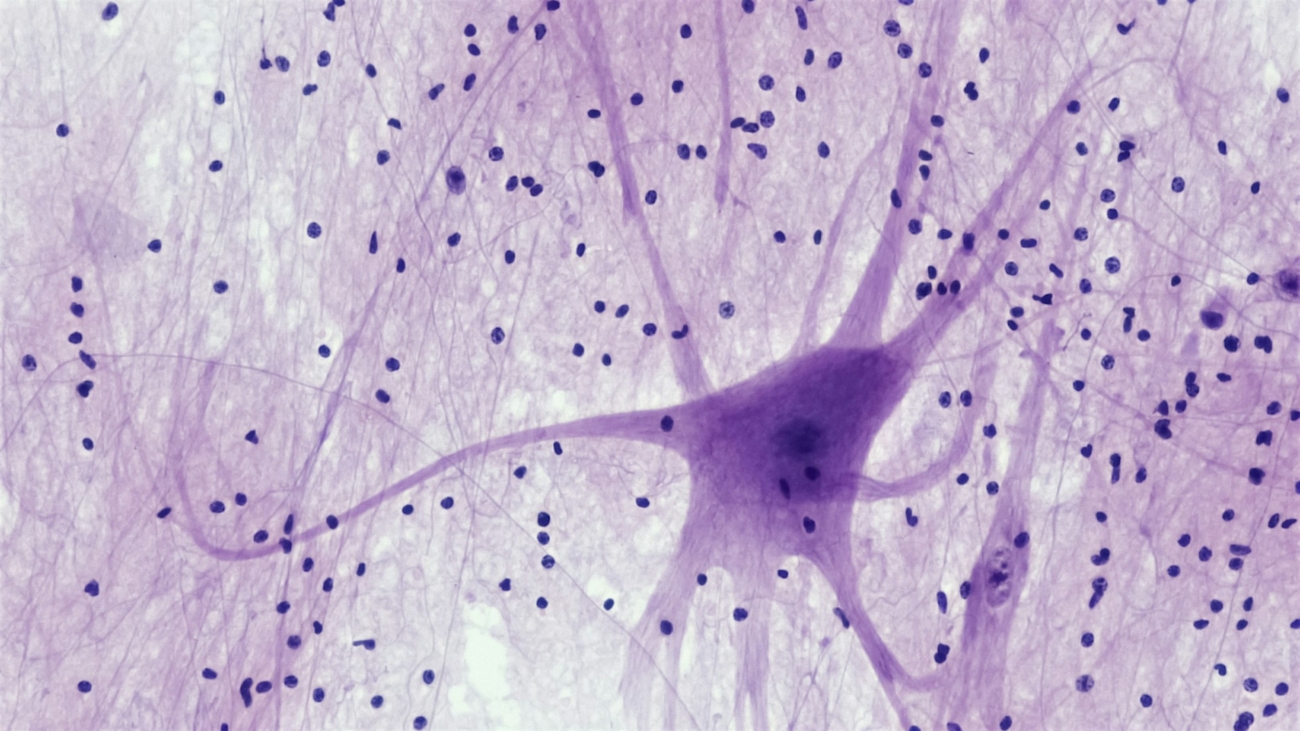1. Nanomedicine
Nanomedicine involves the use of nanoparticles to diagnose, treat, and prevent diseases at the cellular and molecular levels. These tiny particles can deliver drugs directly to cancer cells, minimizing side effects and improving treatment efficacy. Additionally, nanosensors can detect diseases at very early stages, long before symptoms appear.
2. 3D Bioprinting
3D bioprinting uses layers of living cells to create tissues and organs. This technology holds the promise of solving the organ transplant shortage by manufacturing organs tailored to individual patients. Bioprinted tissues can also be used for drug testing, reducing the need for animal testing and accelerating the development of new treatments.
3. Brain-Computer Interfaces (BCIs)
BCIs enable direct communication between the brain and external devices, allowing patients with paralysis or neurological disorders to control prosthetics, computers, and other devices using their thoughts. Advances in this technology could restore mobility and independence to millions of people worldwide.
4. CRISPR-Based Therapies
CRISPR-Cas9 gene editing technology allows for precise modifications to DNA, offering the potential to cure genetic diseases at their source. Researchers are exploring CRISPR-based therapies for conditions like sickle cell anemia, cystic fibrosis, and certain types of cancer, paving the way for personalized and curative treatments.
5. Telehealth Robots
Telehealth robots equipped with AI and remote communication capabilities can perform routine medical check-ups, monitor patients, and even assist in surgeries. These robots can bring healthcare services to remote and underserved areas, providing high-quality care where it was previously inaccessible.
6. Wearable Health Tech
Beyond fitness trackers, advanced wearable devices can continuously monitor vital signs, detect early signs of disease, and alert users to potential health issues. Innovations include smart fabrics with embedded sensors and bio-integrated devices that seamlessly blend with the body’s natural functions.
7. Holographic Medical Imaging
Holographic imaging can create three-dimensional representations of organs and tissues, allowing doctors to visualize complex structures in detail. This technology can enhance surgical planning, medical education, and patient consultations, providing a more immersive understanding of the human body.
8. Quantum Computing in Drug Discovery
Quantum computing has the potential to revolutionize drug discovery by solving complex molecular simulations that are currently intractable for classical computers. This could accelerate the development of new drugs, bringing lifesaving treatments to market faster and more efficiently.
9. Bioelectronic Medicine
Bioelectronic medicine involves using electrical impulses to modulate the nervous system and treat diseases. This approach is being explored for conditions such as rheumatoid arthritis, diabetes, and depression. By targeting specific nerve pathways, bioelectronic devices can provide highly targeted and effective treatments with minimal side effects.
10. Virtual Reality (VR) for Pain Management
VR technology is being used to create immersive environments that distract patients from pain and anxiety during medical procedures. VR therapy has shown promise in reducing chronic pain, aiding in physical rehabilitation, and providing mental health support for conditions like PTSD.
11. Synthetic Biology
Synthetic biology involves designing and engineering new biological parts and systems. This field has the potential to create custom microorganisms that can produce pharmaceuticals, break down pollutants, or even serve as living sensors within the body to detect and respond to disease.
12. Smart Contact Lenses
Smart contact lenses equipped with sensors can monitor glucose levels, intraocular pressure, and other health indicators. These lenses provide continuous, non-invasive monitoring for conditions like diabetes and glaucoma, offering real-time health insights without the need for traditional testing methods.
13. Digital Pills
Digital pills contain ingestible sensors that track medication adherence and provide data on how the body is responding to treatment. These smart pills can ensure patients take their medications correctly, helping to improve treatment outcomes and reduce healthcare costs associated with non-compliance.
14. Regenerative Medicine
Regenerative medicine aims to repair or replace damaged tissues and organs using stem cells, growth factors, and tissue engineering. Advances in this field could lead to treatments that regenerate heart tissue after a heart attack, restore function to spinal cord injuries, and even regrow limbs.
Conclusion
The healthcare sector is poised for a wave of innovation that promises to transform how we diagnose, treat, and prevent diseases. From nanomedicine and 3D bioprinting to brain-computer interfaces and quantum computing, these far-out technologies have the potential to revolutionize medicine and improve patient outcomes. As these innovations move from the lab to the clinic, they will bring new hope and possibilities to patients around the world. Embracing these advancements requires collaboration between researchers, clinicians, and policymakers to ensure that the benefits of these technologies are realized in an ethical and accessible manner. The future of healthcare is bright, and these emerging technologies are leading the way.

